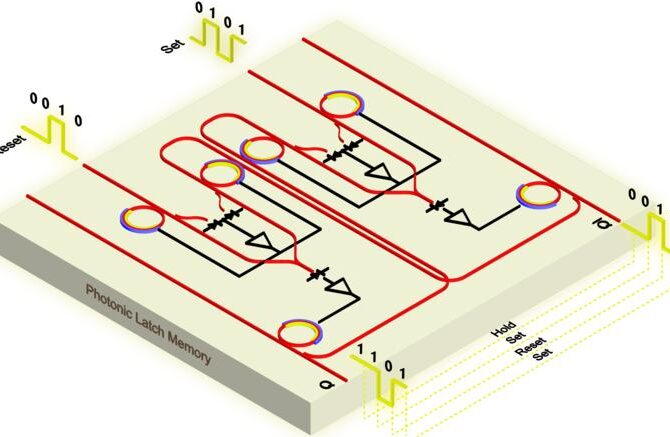Researchers from the Quantum Optomechanics group at the Niels Bohr Institute, University of Copenhagen, recently entangled two laser beams through bouncing them off the same mechanical resonator, a tensioned membrane.
This provides a novel way of entangling disparate electromagnetic fields, from microwave radiation to optical beams. In particular, creating entanglement between optical and microwave fields would be a key step towards solving the long-standing challenge of sharing entanglement between two distant quantum computers operating in the microwave regime.
The team uses a thin membrane, 3×3 mm wide, made of silicon nitride and pierced with a pattern of holes that isolates the motion of the central pad. This makes the device sensitive enough to show quantum backaction. They shine two lasers on the membrane simultaneously, where one laser sees the quantum backaction of the other, and vice versa. In this way, strong correlations, and indeed entanglement, is generated between two lasers. (Phys.org)
The result is now published in Nature Communications.


